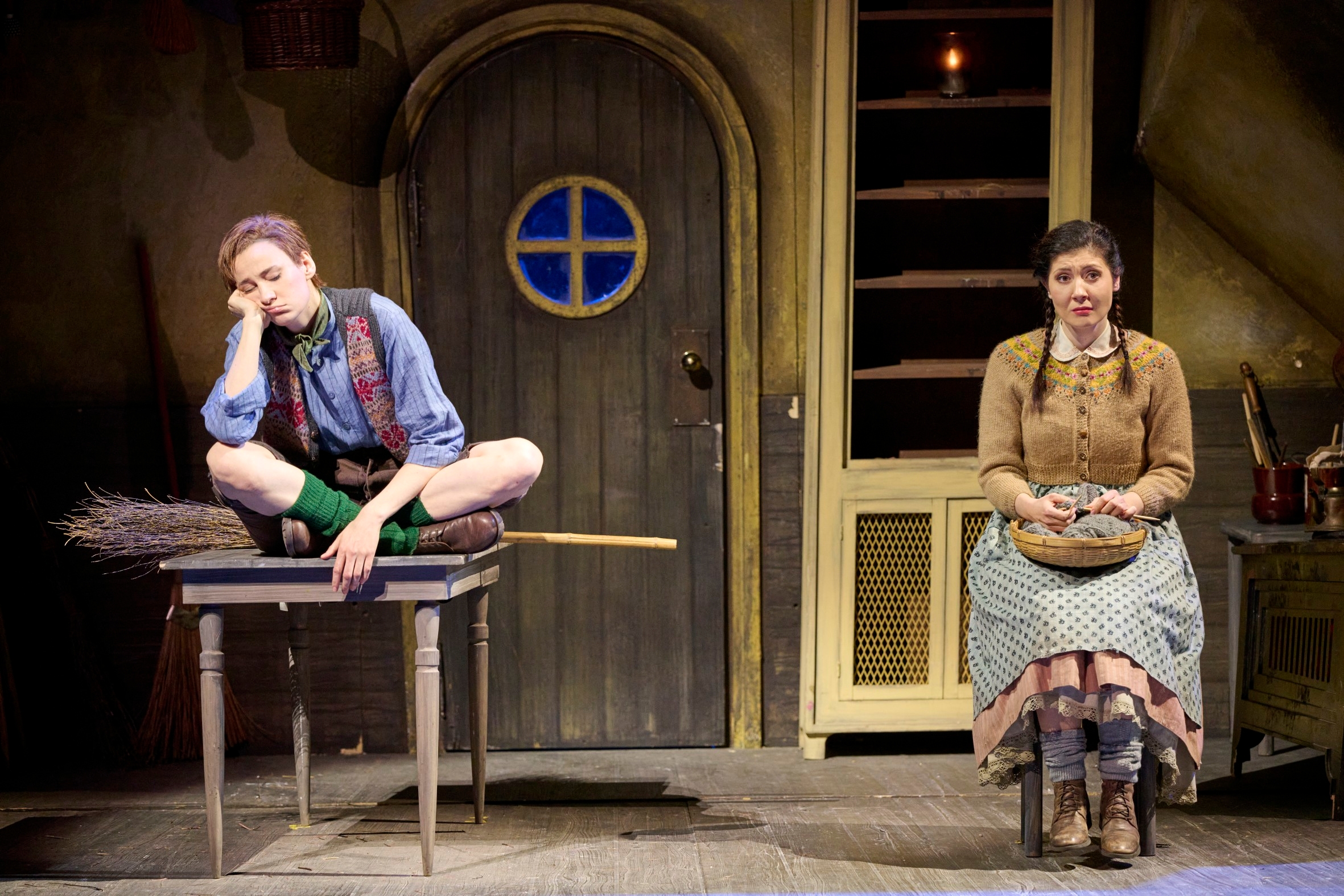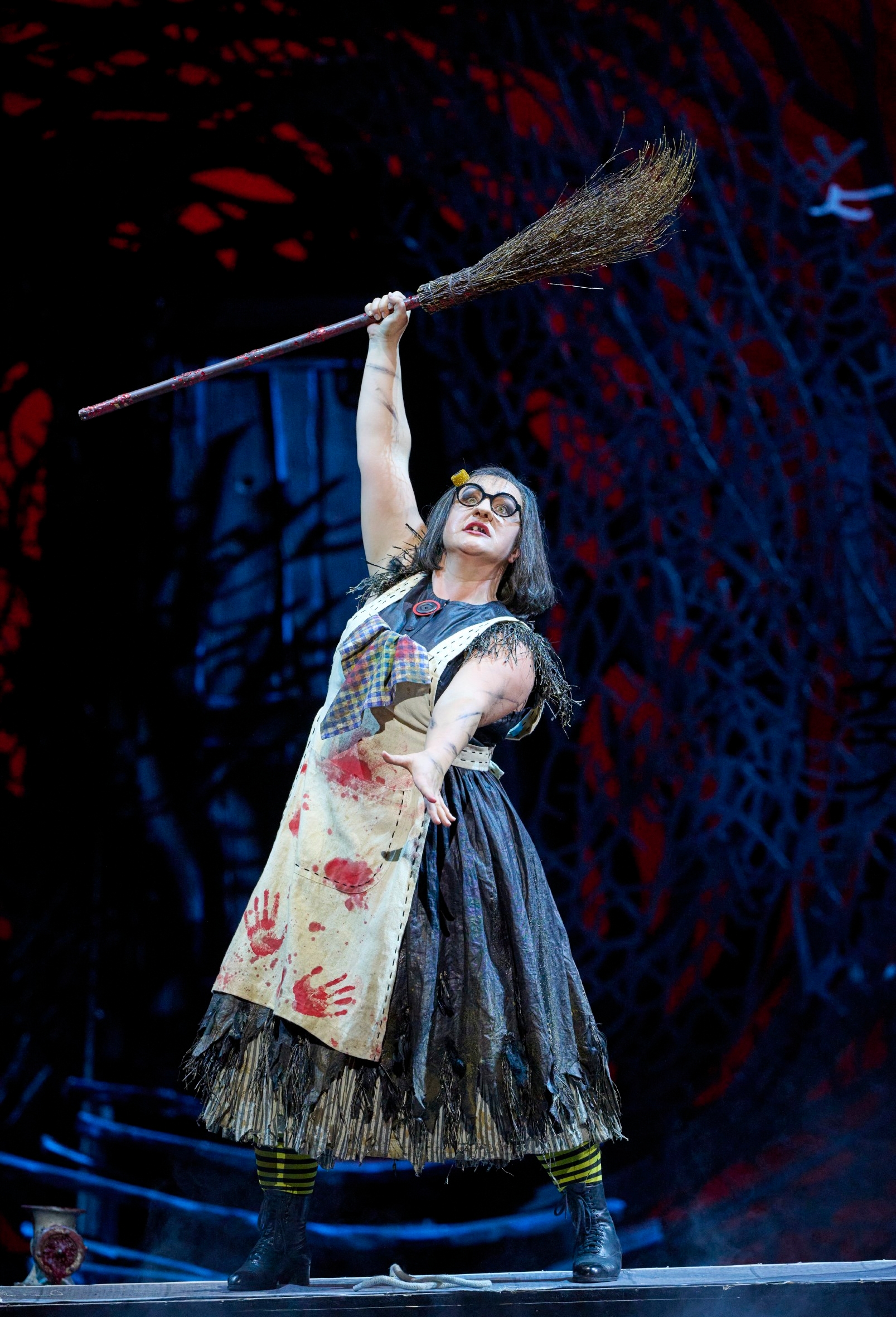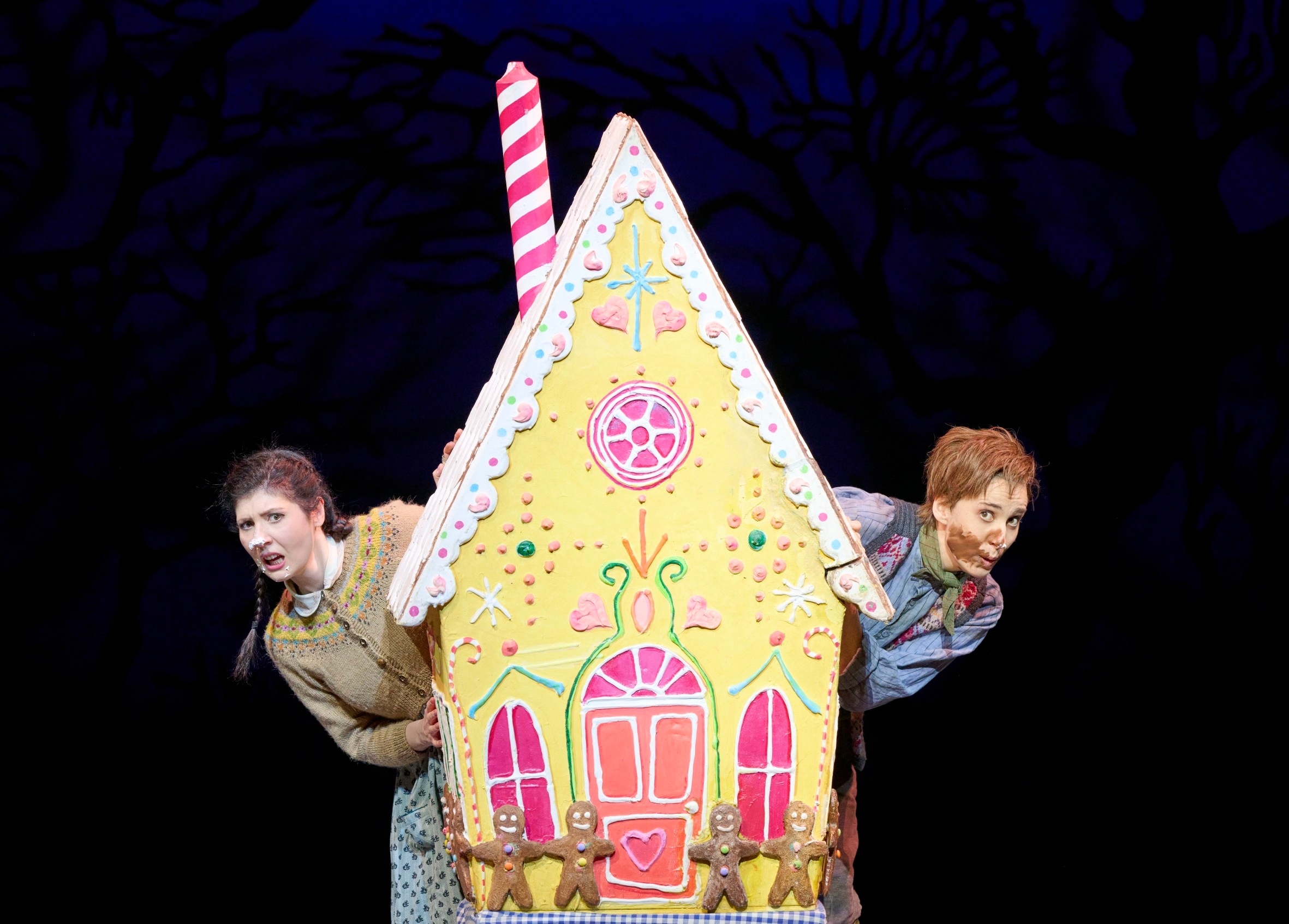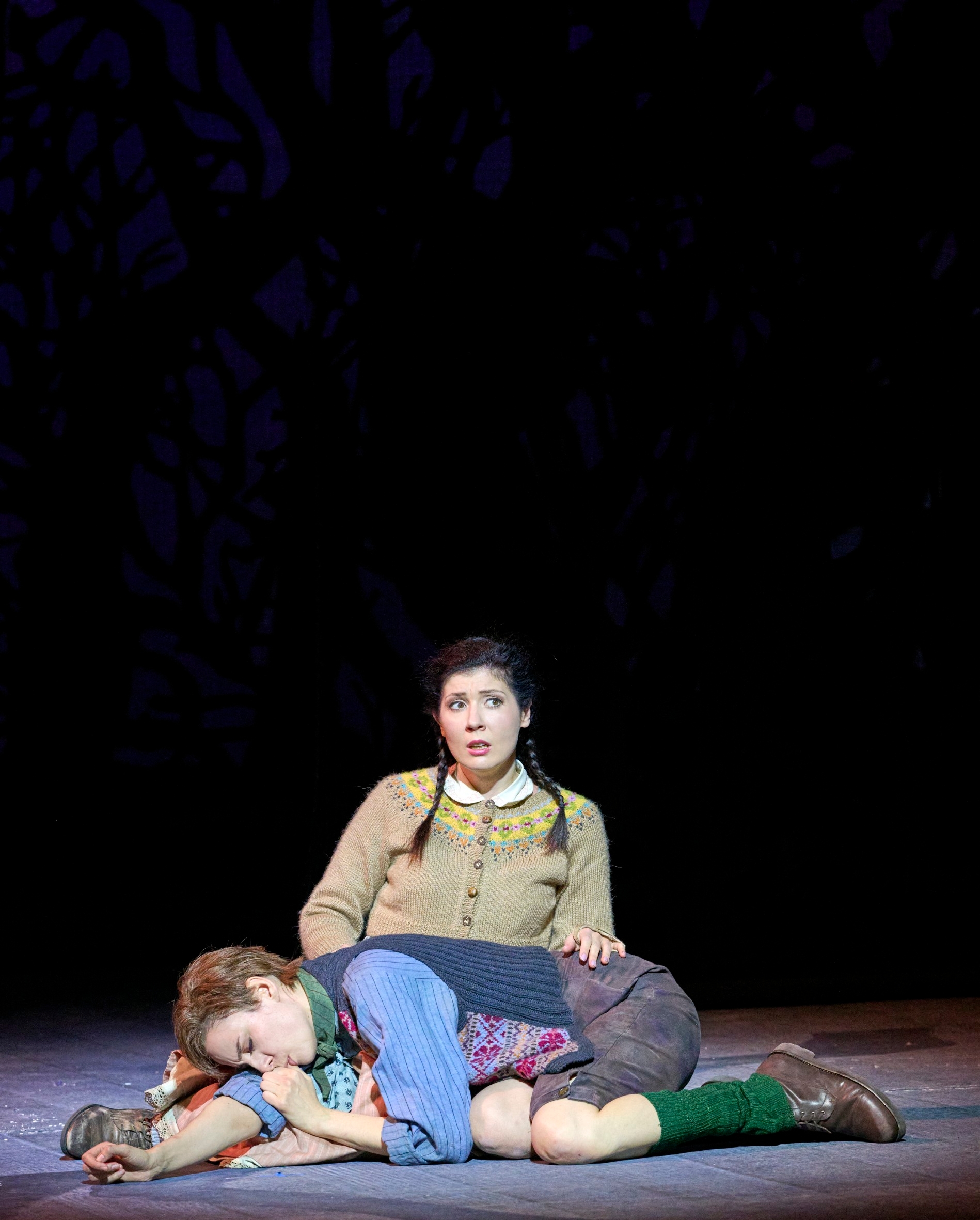
Short Summary
The classic fairy tale of the siblings Hansel and Gretel, who get lost in the dark forest. Their adventures lead them to a tempting gingerbread house inhabited by an evil witch.
The children are captured by the witch, but with courage and cunning they manage to outwit and defeat her. In the end, they find their way back home and are greeted by their relieved parents. The opera is full of magical moments, enchanting music and a timeless message about courage, solidarity and the victory of good over evil.
Hänsel und
Gretel
Storyline
London, Christmas around 1890: a Victorian family gathers comfortably around the Christmas tree in the living room.
The father surprises everyone with a mysterious new device, a magic lantern, which projects all kinds of unknown and wonderful images onto the wall and at the same time opens the door to a strange, fairytale world ...
Instead of doing their assigned chores, the hungry siblings Hansel and Gretel pass the time singing and dancing in their miserable hut at home.
They eagerly await the evening and the return of their parents, because this time there will finally be something to eat before they go to bed: The two children hope that their mother will cook a rice porridge from the milk that a neighbor has brought as a gift. But when their mother finally comes home, the mood suddenly changes.

Furious that Hansel and Gretel have spent the day playing together instead of tying brooms and knitting stockings, she rushes towards the children to beat them up. In the process, she accidentally knocks the pot of milk off the table. Hänsel's giggles at her mischief, the broken pieces on the floor and the spilt milk make the mother lose her head - she drives the children out into the neighboring forest to pick strawberries. Left alone, she complains about her family's poverty and hunger and falls asleep tired.

She is woken up by her cheerful, somewhat inebriated husband who, for once, has been able to sell all his goods and has acquired a large stock of all kinds of food from the proceeds. But the joy is short-lived - dismayed that his children have been sent out alone, he tells his wife about the man-eating crispy witch on the Ilsenstein, a particularly dark and disreputable place in the forest. Full of worry, the parents rush out of the hut to find Hansel and Gretel before nightfall and bring them home.
While Hansel collects strawberries and fills the basket to the brim, Gretel winds a wreath.
Happy to have done their mother's bidding this time, they lose themselves in all kinds of games and forget to go home on time. To make matters worse, the two of them eat all the strawberries they have collected, one by one, without realizing it.

When Hansel and Gretel are terrified and want to look for new ones, they realize that they have lost their way in the dark of the forest. Then the good Sandman appears and sprinkles sand in their eyes. Closely embraced, Hansel and Gretel fall asleep after evening prayers. In a beautiful dream in which 14 angels float past, they are given a reassuring glimpse of death and new life.
The next morning, Hansel and Gretel are woken up by the Taumännchen and discover the witch's crispy house. When Hansel breaks off a piece of the crispy house, the witch's voice can be heard from inside.
However, as nothing else threatening happens, the children start snacking on the little house until the witch comes out. Although she appears friendly at first, her true face is soon revealed: she casts a spell on Hansel and Gretel and locks Hansel in a cage to fatten him up.

In exuberant anticipation of eating the children, the witch mounts her broom and, sitting on it, flies through the air for some time in great ecstasy. After her witchy ride, she tries to persuade Gretel to look into the oven. Her plan to push the unsuspecting girl into the oven and bake her into a gingerbread cake fails because Gretel, warned by her brother, plays dumb and asks the witch to show her how to look into the oven. The witch impatiently agrees to Gretel's suggestion and leans far into the oven.

At this moment, Hansel and Gretel push her inside and she dies miserably. As soon as the witch is dead, the numerous gingerbread men who had been standing around the crunchy house become living children. They had all once fallen into the clutches of the witch and been turned into gingerbread in the oven. But now the spell is broken. Hansel and Gretel caress the children and break the final spell with the help of the magic wand: the grateful children dance around their two rescuers in jubilation. A little later, Hansel and Gretel's parents, who had been looking for their children all night, meet the happy flock. Grateful and full of joy, they sing together: "When adversity rises to the highest, the Lord God will have mercy on us!"
It is the successful mixture of folksong-like simplicity and the complex musical language of the direct successor to Wagner, of simple melodies and artful orchestral treatment, of socio-critical realism and atmospheric magic that makes this setting of the well-known story by the Brothers Grimm so appealing.
Since its premiere in 1893, Engelbert Humperdinck's fairytale opera "Hansel and Gretel" has awakened a passion for musical theater in generations of children. But great composer colleagues - such as Richard Strauss, Gustav Mahler and Johannes Brahms - were also enthusiastic about this work. And so the Vienna State Opera's production is aimed equally at children and adults and takes us right into the heart of the fairy-tale story through wondrous projections from a magic lantern.




